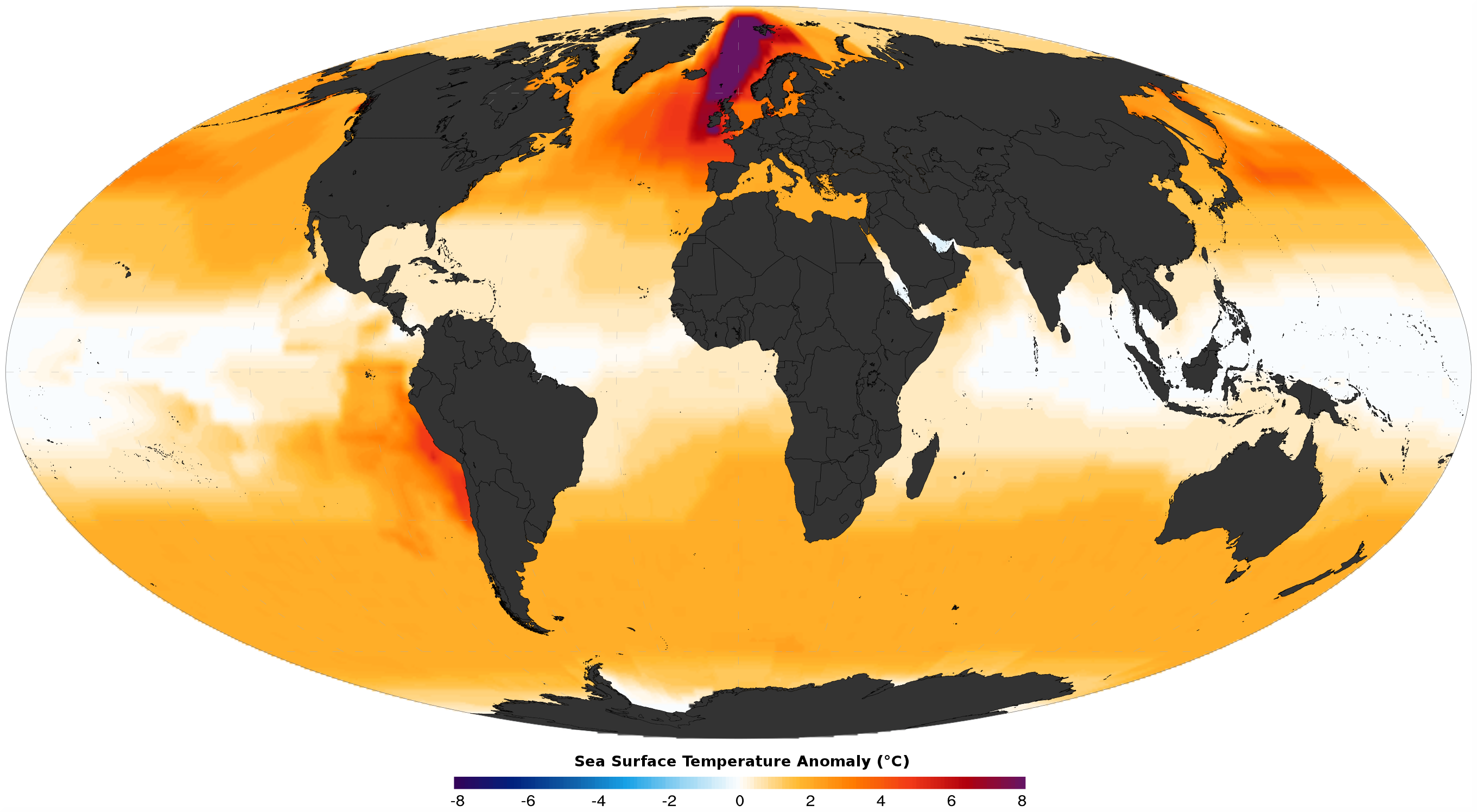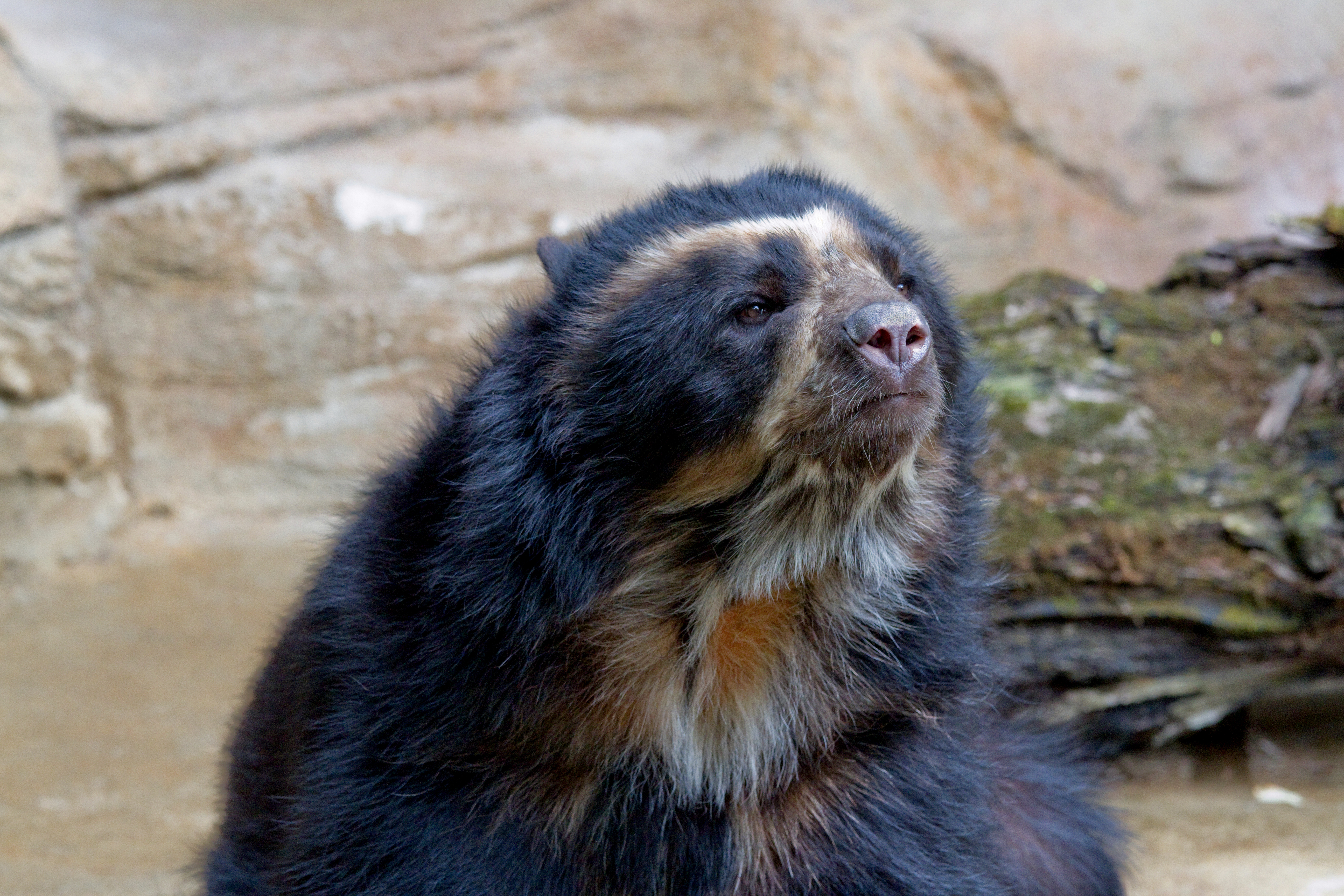|
Ursus Abstrusus
''Protarctos'' is an extinct genus of basal ursine bear that lived in North America and Eurasia during the Pliocene and into Early Pleistocene. Description Species of ''Protarctos'' were closer in size to the American black bear (''Ursus americanus'') and the Asian black bear (''U. thibetanus''). They differ from other ursines in the primitive nature of their dental morphology. Systematics Although some paleontologists recognized the species of ''Protarctos'' as members of the genus ''Ursus'', at least one phylogenetic analysis from Wang et al. 2017 found the genus to be an evolutionary grade outside the last common ancestor of the spectacled bear (''Tremarctos ornatus'') and the brown bear (''U. arctos''). The type species is ''Protarctos boeckhi'' (Schlosser, 1899), followed by species referred into the genus such as ''P. abstrusus'' (Bjork, 1970), ''P. yinanensis'' (Li, 1993), and ''P. ruscinensis'' (Depéret, 1890). Each of the species can be differentiated by slight differ ... [...More Info...] [...Related Items...] OR: [Wikipedia] [Google] [Baidu] |
Pliocene
The Pliocene ( ; also Pleiocene) is the epoch (geology), epoch in the geologic time scale that extends from 5.33 to 2.58See the 2014 version of the ICS geologic time scale million years ago (Ma). It is the second and most recent epoch of the Neogene Period in the Cenozoic, Cenozoic Era. The Pliocene follows the Miocene Epoch and is followed by the Pleistocene Epoch. Prior to the 2009 revision of the geologic time scale, which placed the four most recent major glaciations entirely within the Pleistocene, the Pliocene also included the Gelasian Stage, which lasted from 2.59 to 1.81 Ma, and is now included in the Pleistocene. As with other older geologic periods, the Stratum, geological strata that define the start and end are well-identified but the exact dates of the start a ... [...More Info...] [...Related Items...] OR: [Wikipedia] [Google] [Baidu] |
Brown Bear
The brown bear (''Ursus arctos'') is a large bear native to Eurasia and North America. Of the land carnivorans, it is rivaled in size only by its closest relative, the polar bear, which is much less variable in size and slightly bigger on average. The brown bear is a sexually dimorphic species, as adult males are larger and more compactly built than females. The fur ranges in color from cream to reddish to dark brown. It has evolved large hump muscles, unique among bears, and paws up to wide and long, to effectively dig through dirt. Its teeth are similar to those of other bears and reflect its Dietary biology of the brown bear, dietary plasticity. Throughout the brown bear's range, it inhabits mainly forest, forested habitats in elevations of up to . It is omnivorous, and consumes a variety of plant and animal species. Contrary to popular belief, the brown bear derives 90% of its diet from plants. When hunting, it will target animals as small as insects and rodents to thos ... [...More Info...] [...Related Items...] OR: [Wikipedia] [Google] [Baidu] |
Ursinae
Ursinae is a subfamily of Ursidae (bears) named by Swainson (1835). It was assigned to Ursidae by Bjork (1970), Hunt (1998), and Jin et al. (2007). Classification The genera '' Melursus'' and '' Helarctos'' are sometimes also included in ''Ursus''. The Asiatic black bear and the polar bear used to be placed in their own genera, ''Selenarctos'' and ''Thalarctos''; these are now placed at subgenus rank. * Subfamily Ursinae Fischer de Waldheim, 1817 ** †'' Aurorarctos'' Jiangzuo & Flynn, 2020 *** †''Aurorarctos tirawa'' Jiangzuo & Flynn, 2020 ** '' Helarctos'' Horsfield, 1825 *** ''Helarctos malayanus'' ( Raffles, 1821) – sun bear *** †'' Helarctos sinomalayanus'' (Thenius, 1947) ** '' Melursus'' Meyer, 1793 ***''Melursus ursinus'' ( Shaw, 1791) – sloth bear *** †'' Melursus theobaldi'' ( Lydekker, 1884) ** †'' Protarctos'' Kretzoi, 1945 *** †''Protarctos abstrusus'' (Bjork, 1970) *** †''Protarctos boeckhi'' ( Schlosser, 1899) *** †''Protarctos ruscinens ... [...More Info...] [...Related Items...] OR: [Wikipedia] [Google] [Baidu] |
Prehistoric Mammal Genera
Prehistory, also called pre-literary history, is the period of human history between the first known use of stone tools by hominins million years ago and the beginning of recorded history with the invention of writing systems. The use of symbols, marks, and images appears very early among humans, but the earliest known writing systems appeared years ago. It took thousands of years for writing systems to be widely adopted, with writing having spread to almost all cultures by the 19th century. The end of prehistory therefore came at different times in different places, and the term is less often used in discussing societies where prehistory ended relatively recently. It is based on an old conception of history that without written records there could be no history. The most common conception today is that history is based on evidence, however the concept of prehistory hasn't been completely discarded. In the early Bronze Age, Sumer in Mesopotamia, the Indus Valley Civilis ... [...More Info...] [...Related Items...] OR: [Wikipedia] [Google] [Baidu] |
Pliocene Mammals Of North America
The Pliocene ( ; also Pleiocene) is the epoch in the geologic time scale that extends from 5.33 to 2.58See the 2014 version of the ICS geologic time scale million years ago (Ma). It is the second and most recent epoch of the Period in the Cenozoic Era. The Pliocene follows the Epoch and is followed by the Epoch. Prior to the 2 ... [...More Info...] [...Related Items...] OR: [Wikipedia] [Google] [Baidu] |
Fossil Taxa Described In 1945
A fossil (from Classical Latin , ) is any preserved remains, impression, or trace of any once-living thing from a past geological age. Examples include bones, shells, exoskeletons, stone imprints of animals or microbes, objects preserved in amber, hair, petrified wood and DNA remnants. The totality of fossils is known as the ''fossil record''. Though the fossil record is incomplete, numerous studies have demonstrated that there is enough information available to give a good understanding of the pattern of diversification of life on Earth. In addition, the record can predict and fill gaps such as the discovery of ''Tiktaalik'' in the arctic of Canada. Paleontology includes the study of fossils: their age, method of formation, and evolutionary significance. Specimens are sometimes considered to be fossils if they are over 10,000 years old. The oldest fossils are around 3.48 billion years to 4.1 billion years old. Early edition, published online before print. The ob ... [...More Info...] [...Related Items...] OR: [Wikipedia] [Google] [Baidu] |
Ursus (mammal)
''Ursus'' is a genus in the family Ursidae (bears) that includes the widely distributed brown bear, the polar bear, the American black bear, and the Asian black bear. The name is derived from the Latin ''ursus'', meaning ''bear''. Taxonomy and systematics Extant species A hybrid between grizzly bears and polar bears has also been recorded. Known commonly as a pizzly, prizzly, or grolar bear, the official name is simply " grizzly–polar bear hybrid". Fossils * †'' Ursus deningeri'' Richenau, 1904 * †'' Ursus dolinensis'' (Garcia & Arsuaga, 2001) * †'' Ursus etruscus'' Cuvier, 1823 * †'' Ursus ingressus'' Rabeder, Hofreiter, Nagel & Withalm 2004 * †'' Ursus kudarensis'' Baryshnikov, 1985 * †'' Ursus minimus'' (Devèze & Bouillet, 1827) * †'' Ursus pyrenaicus'' (Depéret, 1892) * †'' Ursus rossicus'' Borissiak, 1930 * †'' Ursus savini'' (Andrews, 1922) * †'' Ursus sackdillingensis'' Heller, 1955 * †'' Ursus spelaeus'' Rosenmüller, 1794 * †' ... [...More Info...] [...Related Items...] OR: [Wikipedia] [Google] [Baidu] |
Ursus Minimus
''Ursus minimus'' (the Auvergne bear) is an extinct species of bear, endemic to Europe during the Pliocene and Pleistocene, living from 5.3 to 1.8 Mya, existing for about . ''U. minimus'' appears to have given rise to '' Ursus etruscus''. The range of ''U. minimus'' was continental Europe, as far east as the Black Sea in Russia and as far south as Italy. The skeleton of ''U. minimus'' was very similar to that of the larger Asian black bear. With the exception of the age of the bones, it is often difficult to distinguish the remains of ''U. minimus'' from those of modern Asian black bears.''Search for the Golden Moon Bear: Science and Adventure in Pursuit of a New Species'' by Sy Montgomery published by Chelsea Green Publishing, 2009 Fossil distribution Sites and specimen ages: *Kossiakino 1, Stavropol'skaya, Russian Federation ~5.3—3.4 Mya. *Kuchurgan gravel site, Ukraine ~4.9—4.2 Mya. *Osztramos locality 7, Caves of Aggtelek Karst and Slovak Karst, Borsod-Abaúj-Zemplé ... [...More Info...] [...Related Items...] OR: [Wikipedia] [Google] [Baidu] |
Type Species
In International_Code_of_Zoological_Nomenclature, zoological nomenclature, a type species (''species typica'') is the species name with which the name of a genus or subgenus is considered to be permanently taxonomically associated, i.e., the species that contains the biological Type (biology), type wiktionary:en:specimen, specimen (or specimens). Article 67.1 A similar concept is used for suprageneric groups and called a type genus. In botanical nomenclature, these terms have no formal standing under the International Code of Nomenclature for algae, fungi, and plants, code of nomenclature, but are sometimes borrowed from zoological nomenclature. In botany, the type of a genus name is a specimen (or, rarely, an illustration) which is also the type of a species name. The species name with that type can also be referred to as the type of the genus name. Names of genus and family ranks, the various subdivisions of those ranks, and some higher-rank names based on genus names, have suc ... [...More Info...] [...Related Items...] OR: [Wikipedia] [Google] [Baidu] |
Spectacled Bear
The spectacled bear (''Tremarctos ornatus''), also known as the South American bear, Andean bear, Andean short-faced bear or mountain bear and locally as jukumari ( Aymara and Quechua), ukumari ( Quechua) or ukuku, is a species of bear native to the Andes Mountains in northern and western South America. It is the only living species of bear native to South America, and the last remaining short-faced bear (subfamily Tremarctinae). Unlike other omnivorous bears, the diet of the spectacled bear is mostly herbivorous. The species is classified as Vulnerable by the IUCN because of habitat loss. Taxonomy ''Tremarctos ornatus'' is commonly referred to in English as the "spectacled bear", a reference to the light colouring on its chest, neck and face, which may resemble spectacles in some individuals, or the "Andean bear" for its distribution along the Andes. The root ''trem''- comes from a Greek word meaning "hole"; ''arctos'' is the Greek word for "bear". ''Tremarctos'' is a refere ... [...More Info...] [...Related Items...] OR: [Wikipedia] [Google] [Baidu] |
Early Pleistocene
The Early Pleistocene is an unofficial epoch (geology), sub-epoch in the international geologic timescale in chronostratigraphy, representing the earliest division of the Pleistocene Epoch within the ongoing Quaternary Period. It is currently estimated to span the time between 2.580 ± 0.005 annum, Ma (million years ago) and 0.773 ± 0.005 Ma. The term Early Pleistocene applies to both the Gelasian, Gelasian Age and the Calabrian (stage), Calabrian Age. While the Gelasian and the Calabrian have officially been defined by the International Union of Geological Sciences (IUGS) to effectively constitute the Early Pleistocene, the succeeding Chibanian and Tarantian ages have yet to be ratified. These proposed ages are unofficially termed the Middle Pleistocene and Late Pleistocene respectively. The Chibanian provisionally spans time from 773 ka to 126 ka, and the Tarantian from then until the definitive end of the whole Pleistocene, c. 9700 BC in the 10th millennium BC. Notes {{Ge ... [...More Info...] [...Related Items...] OR: [Wikipedia] [Google] [Baidu] |






